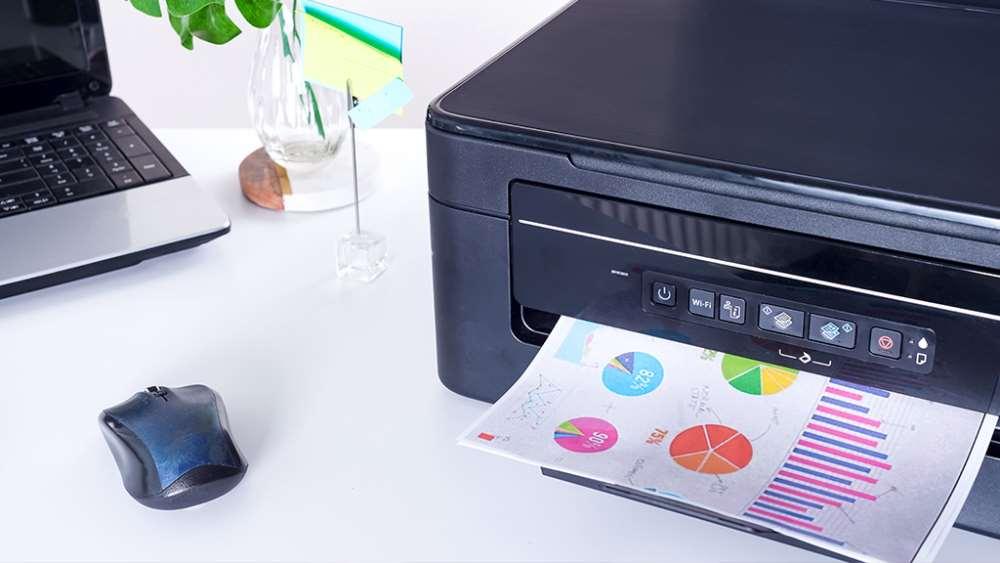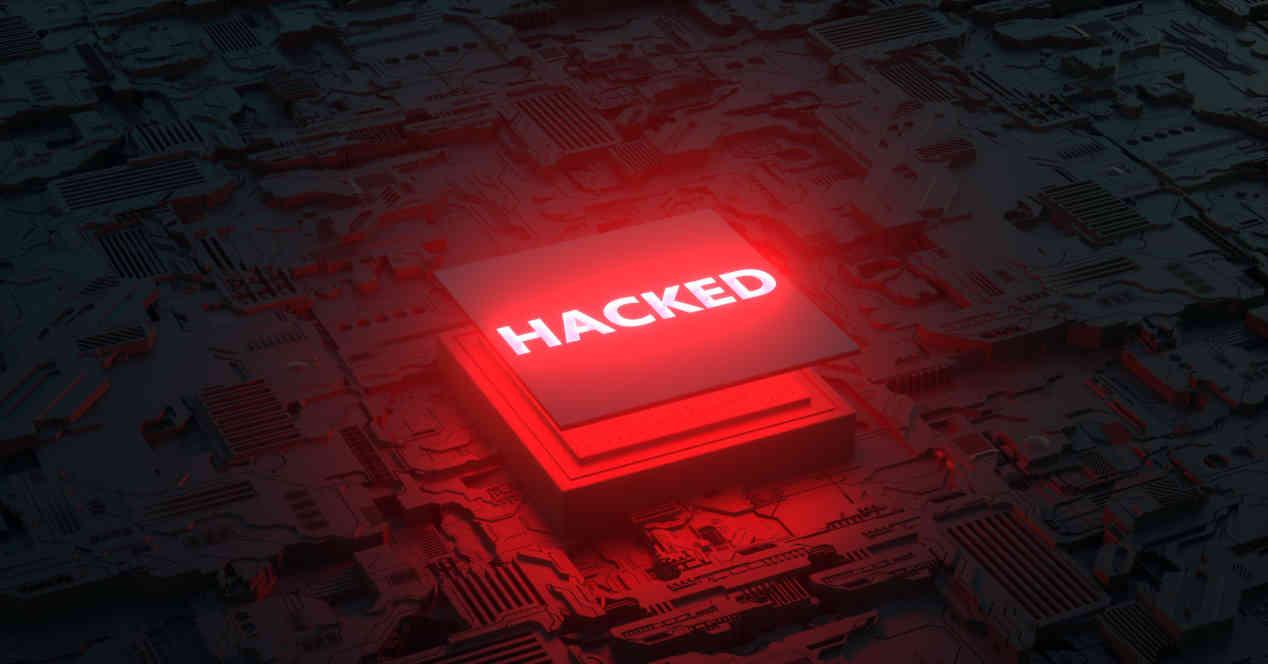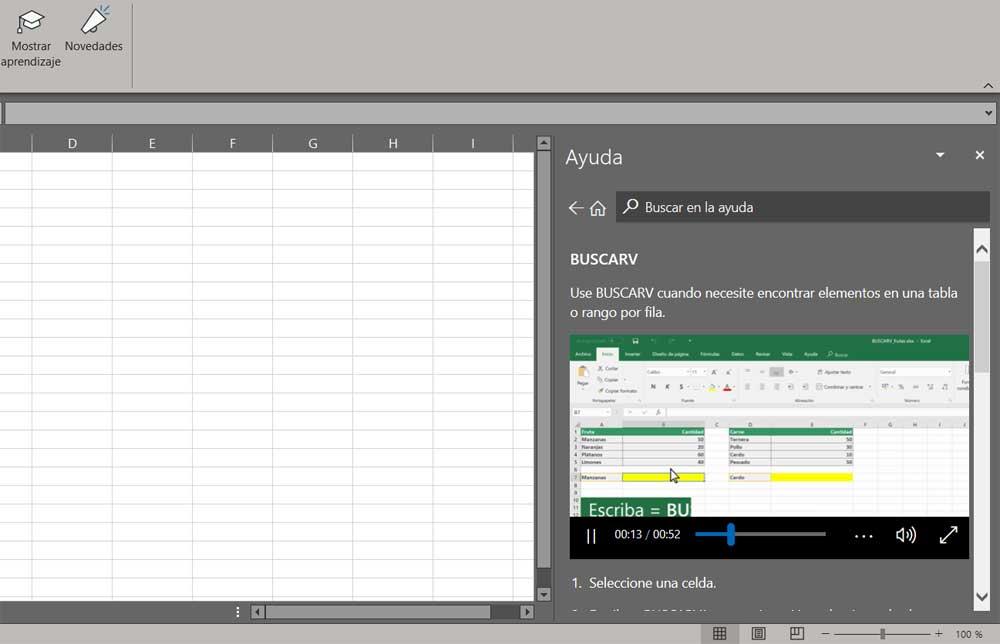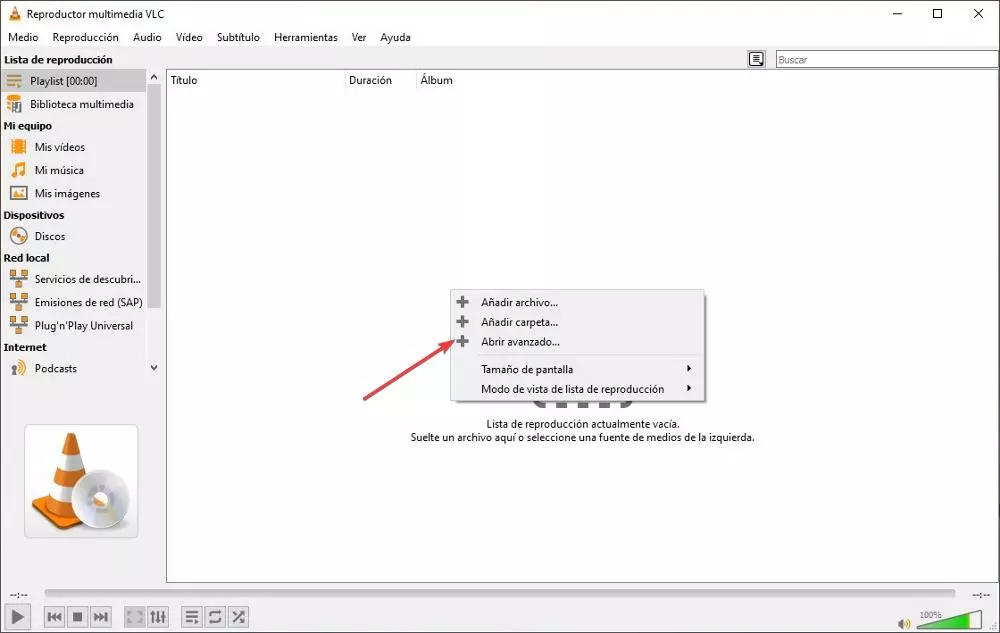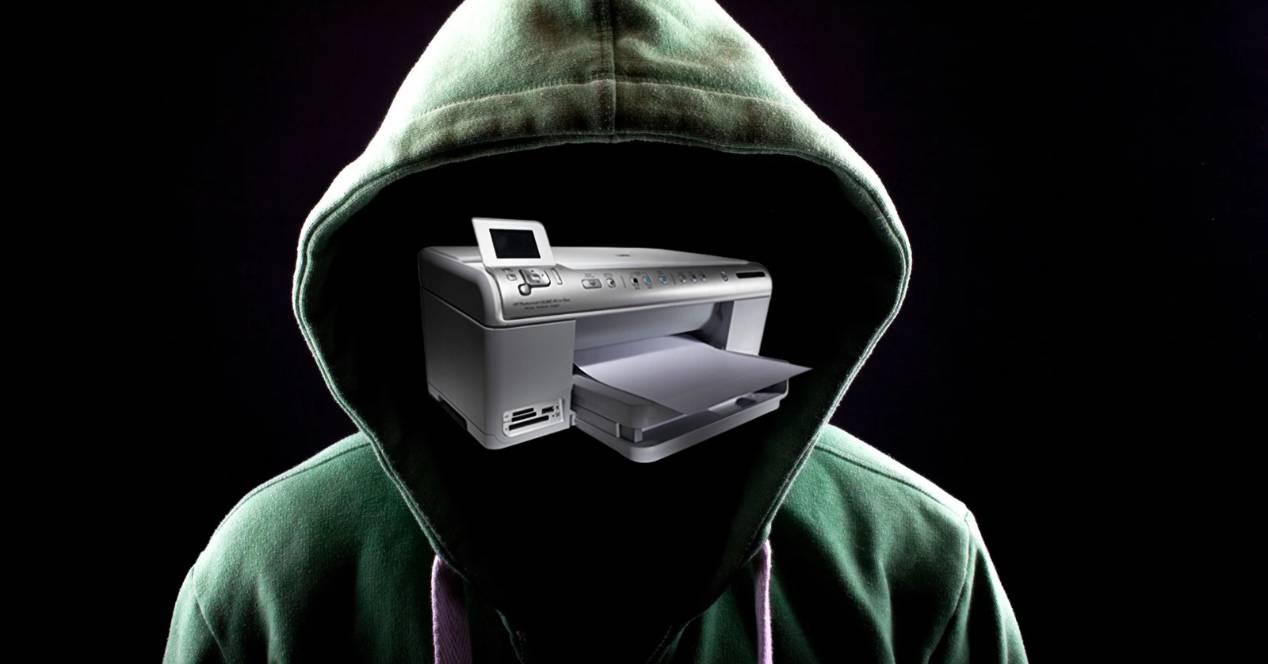
To this day one wifi printer It is one of the most used peripherals in small and medium-sized companies, however, they are at the same time the most vulnerable device to attack by cybercriminals with the aim of doing economic damage to your company or simply rendering it inoperative. That is why we are going to explain the dangers of leaving this peripheral so commonly used in so many homes and offices unprotected.
In a time where everything is connected to the network, we tend to let our guard down on certain elements that are connected to the Internet, which tend to temporarily or permanently house sensitive data that can be accessed by third parties without our knowing it. That is why in these times it is important to be more cautious and take the appropriate actions for it.
What do they want to hack the Wi-Fi printer for?
A user who gains control over a Wi-Fi printer can not only access it to print documents. If not, they manage to gain total control of it and this becomes a problem since it is usually the weakest part in terms of security of a computer network. And let’s not forget that today many use flash memories to function, which store the documents that have been printed and, therefore, if you are a large company, this means that they can have access to key documents. Let’s not forget that printers are much less secure than a PC and that is why they are the target of malicious attacks to obtain information.
Given that the vast majority of printers today are Wi-Fi, this becomes a sweet skill for cybercriminals, since this allows them, if they have sufficient skill, to access them without the rest of the network elements finding out. As long as they can access the wireless network, something that due to the limitations of the 802.11 standard is not difficult to achieve.
What are the consequences if they achieve their purpose?
Well, there are several and with a fairly high level of concern:
- Cybercriminals can gain access to all the information that travels to the printer, which can be used as a blackmail method, as well as a way to obtain key information to be able to carry out massive attacks on the company’s servers and internal networks. We cannot forget that every printer has a computer inside it with its processor, RAM and storage, which although very simple, is complex enough for a knowledgeable cracker to use it as an attack vector.
- A very common trick is denial of service attacks, which occur when a network is saturated with so many demands that they cannot be met. A good way to do this is to use an internal device on the network and hacking Wi-Fi Printer is a good solution for it.
As you can see, hacking a Wi-Fi printer can become a powerful tool to harm companies and, therefore, it is important to add additional security to it in case it happens.
How do I protect my Wi-Fi printer from malicious attacks?
There are several ways to do it, however, we are going to give you the ones that are available to everyone.
- The Wi-Fi passwords given by the telephone operators are on the internet lists, so if you still use the one that came with the router, then change it without waiting a second.
- Turn off the wireless connection of the printer if you are not using it to print documents or any other function. You can do this by pressing a button for said function
- If your company is of a certain size, then make use of a hardware VPN. Since this allows us to mask IP addresses, making it difficult for elements with bad intentions to access the device.
In general, it all boils down to shielding the connection to the company’s Wi-Fi network, once you’ve done it right you can be much calmer. Our advice if you need to print wirelessly? Use a router with USB ports that allow you to connect it, since you are going to get a much higher level of security than a printer via Wi-Fi Direct.
